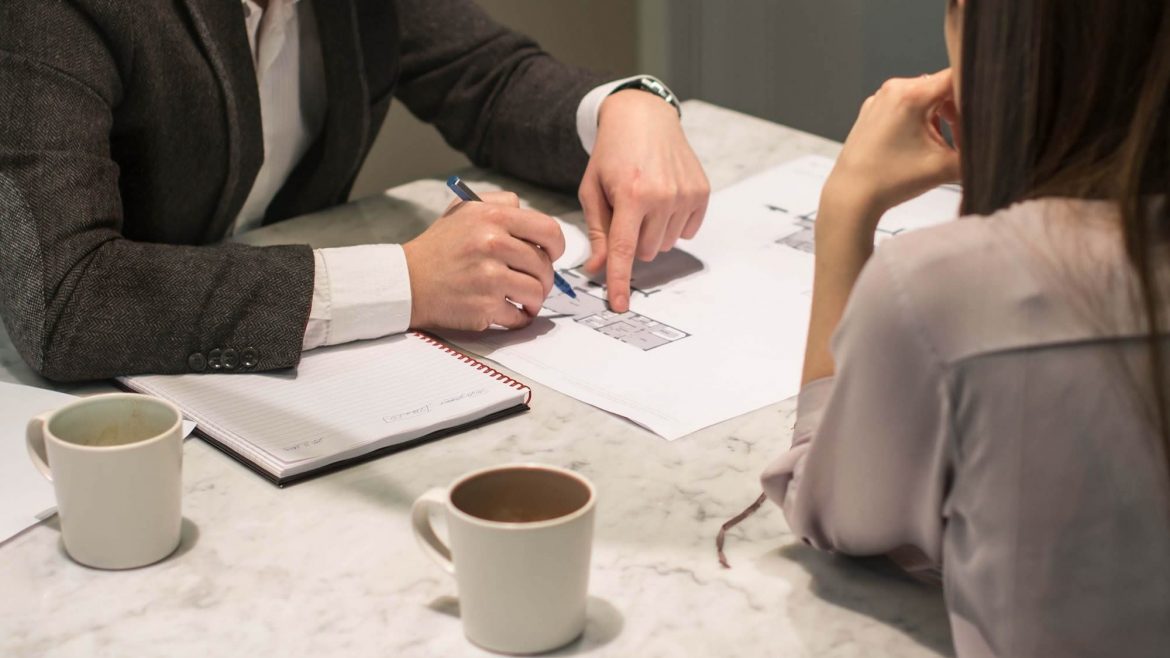In recent years, the interior design profession has become increasingly important. Aesthetics are now considered essential in our everyday lives, and designers are becoming increasingly involved in creating beautiful and functional living spaces.
So, how long does the interior design process take? Well, it depends on the project and the designer. Some projects may only take a few weeks, while others may take months or even years.
It typically involves several steps, from initial consultations and concept development to space planning and execution of the final design.
This essay will review the four stages of establishing the timeframe in the interior design process.
Getting to know the designer and design brief
The first step in any interior design project is to get to know the designer and develop a design brief. This helps the designer understand your style, needs, and budget. The design brief will be used to create a concept presentation and design proposal.
During the initial meeting, the designer will ask you questions about your lifestyle, how you use your space, and your design goals. They will also take measurements of the area and take photos. This information will create a custom design plan that meets your specific needs.
The design process can take anywhere from a few weeks to several months, depending on the size and scope of the project.
Concept Presentation and design proposal
The concept presentation and design proposal are the most critical aspects of the interior design process. They are what will determine whether or not your project is a success.
Your concept presentation should clearly and concisely explain your vision for the space. It should include sketches, inspirational images, and a detailed description of your proposed design.
Your design proposal should be a complete plan for the space, including furniture, fixtures, finishes, and all other elements. It should be priced out so you can see exactly how much your project will cost.
The concept presentation and design proposal should be created with your designer’s help. They will be able to advise you on what is realistic and achievable and help you to create a space that is both beautiful and functional.
Space Planning and Architectural Detailing
Space planning and architectural detailing are integral parts of the interior design process. They help ensure that the final design is functional and aesthetically pleasing.
Space planning involves creating a floor plan that efficiently uses the available space. This includes determining the best placement of furniture and other fixtures. Architectural detailing refers to creating detailed drawings of the proposed design. This helps to ensure that the finished product meets all building code requirements.
Both space planning and architectural detailing can be time-consuming processes. However, they are essential in ensuring that the final design is functional and aesthetically pleasing.
Design Implementation
The design implementation process can take anywhere from a few weeks to several months, depending on the size and scope of the project. During this phase, the designer will work with contractors, tradespeople, and other professionals to bring the design to life. This includes ordering materials, coordinating installation schedules, and ensuring that all aspects of the project run smoothly.
Conclusion
The interior design process can take anywhere from a few weeks to several months, depending on the size and scope of the project. However, the average timeline for most projects is around eight to ten weeks. Remember that this is just an estimate, and your project may take longer or shorter depending on your specific needs and goals.
When it comes to interior design, the process is just as important as the finished product. By working with a professional designer, you can ensure that your vision for the space is realized. Guillermo Blanco can help you every step of the way, from concept to completion. Contact Guillermo Blanco today!

